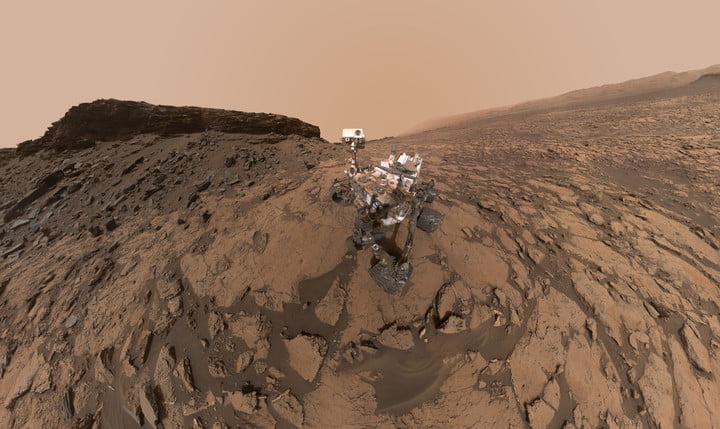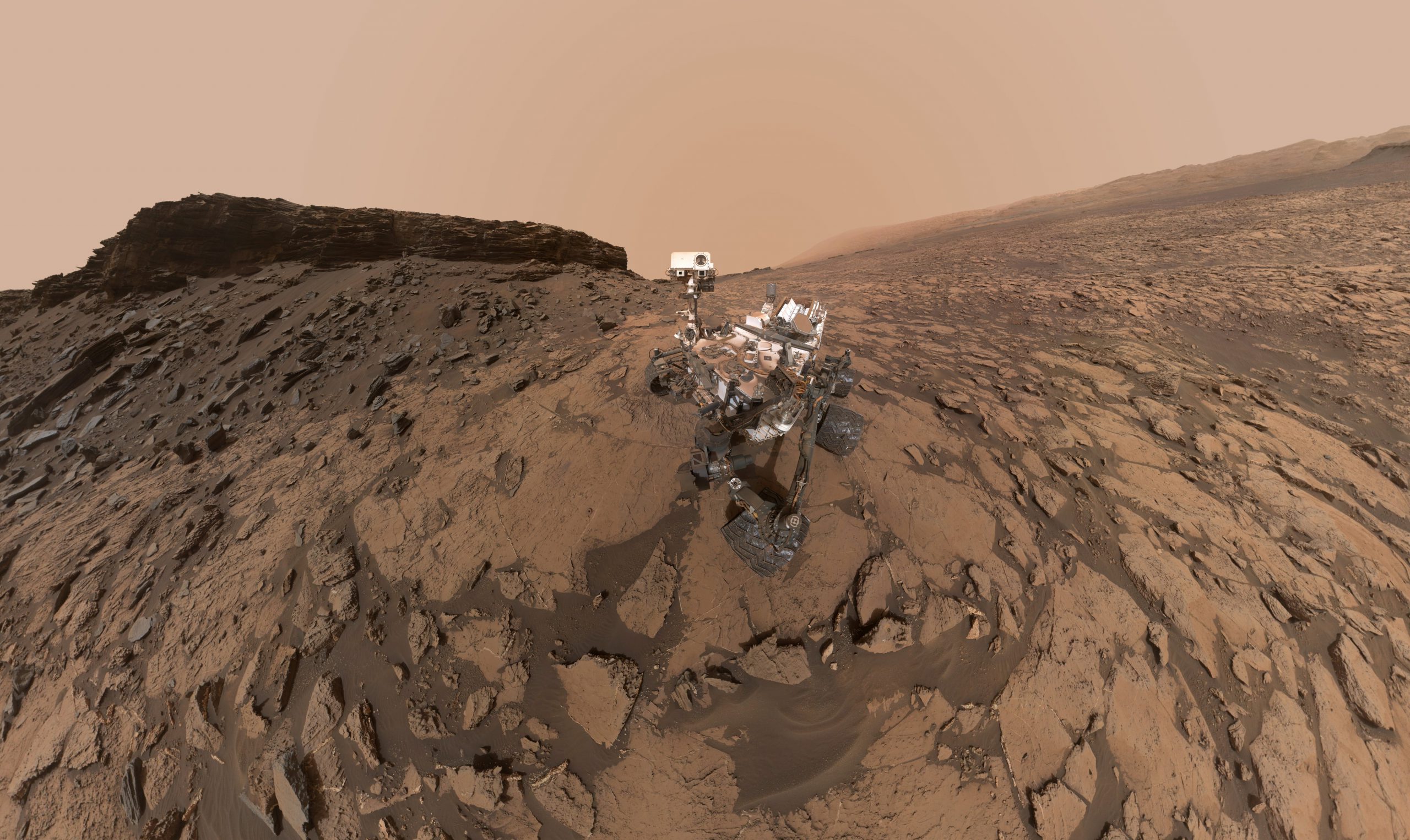One of the biggest dangers to humans when planning a mission to Mars is something invisible: Radiation. Without the Earth’s magnetosphere to protect them, astronauts would be bombarded with radiation while visiting Mars. And although living on the red planet for a few months probably wouldn’t be immediately fatal, it would increase lifetime risks for illnesses like cancer considerably.
There are plans like using shielding or medication to protect future astronauts visiting Mars, but there’s still a huge amount we don’t know about the radiation risks there. To address these unknowns, NASA’s Curiosity rover is armed with a radiation detector and is performing experiments to see how we could protect astronauts against dangerous radiation particles.

One convenient way to protect astronauts from radiation would be to use materials that are readily available on Mars, like rocks and sediment, as shielding. To find out how effective these would be, Curiosity spent some time parked next to a cliff called “Murray Buttes” and used its Radiation Assessment Detector (RAD) instrument. It found a 4% drop in overall radiation levels, with a 7.5% drop in a type of radiation that is particularly dangerous for humans. This shows that the rock of the cliff was able to block a meaningful portion of the radiation present on the planet.
“We’ve been waiting a long time for the right conditions to get these results, which are critical to ensure the accuracy of our computer models,” said Bent Ehresmann of the Southwest Research Institute, lead author of the recent paper. “At Murray Buttes, we finally had these conditions and the data to analyze this effect. We’re now looking for other locations where RAD can repeat these kinds of measurements.”
As well as learning about how to protect future astronauts, measurements with RAD are also useful in understanding space weather. “The observations from RAD are key to developing the ability to predict and measure space weather, the Sun’s influence on Earth and other solar system bodies,” said Jim Spann, space weather lead for NASA’s Heliophysics Division. “As NASA plans for eventual human journeys to Mars, RAD serves as an outpost and part of the Heliophysics System Observatory — a fleet of 27 missions that investigates the Sun and its influence on space — whose research supports our understanding of and exploration of space.”
The research is published in The Astronomy and Astrophysics Review.


